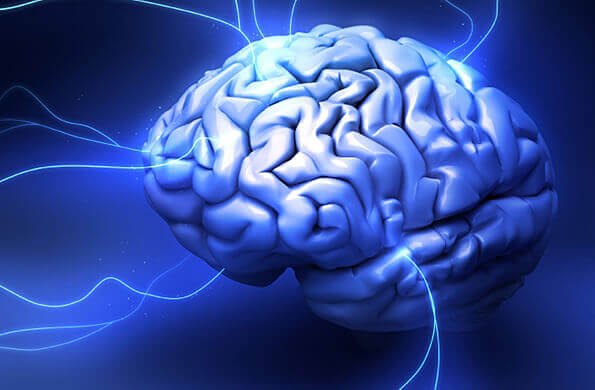The shock therapy label encompasses several very different therapies from each other, what they have in common, as the name suggests, is that they have a strong impact, we are talking about a stimulus that should be able to induce a change in the person who has been exposed to it.
Apparently, it was the ancient Greeks who tried the first shock treatments, we know that they applied something like that to those who were very agitated, there are references that anxiety has been treated inducing suffocation, hence the questionable principle that a strong emotional experience can erase another previous problem.
“Fear sharpens the senses. Anxiety paralyzes them. -Kurk Goldstein-
Shock therapies come from psychiatry. First, treatments of insulinum shock and cardiazole, which appear to be an improvement in the symptoms of the mentally ill, then electrical shocks were introduced, a very controversial type of treatment that is still used today.
Over time, different techniques have emerged, called shock therapies, ranging from walking on embers to publicly announcing individual failures, in any case the principle is the same, that is, exposing the patient to a very intense emotional experience to cause changes in their behavior.
It is not easy to evaluate the relevance and effectiveness of shock therapies, of course, when a person is subjected to an experience that borders on trauma, obviously has to change, the question is whether this change really solves the problem they want. whether, if it does, change will be sustainable.
There are several controversial aspects of the history of shock therapies, which began to be officially used to treat mental illness in the 16th century. The data supporting its effectiveness are not very reliable, as this information has never been systematized or treated in a strictly scientific way.
Subsequently, Ugo Cerletti, an Italian neurologist, made a curious observation: he detected that pigs were supplied with electricity to make them more docile before being taken to the slaughterhouse, where he came up with the idea that a similar practice could be applied. to humans That’s how electric shocks were born.
Conventional shock therapies still exist and remain controversial, for many what they do is cause brain damage, with this some states of psychotic agitation disappear. However, in most cases, if not all, the price is very high.
There are documented cases in which these shock therapies have caused permanent injury or cardiorespiratory arrest, i. e. they can lead to death. There are also references to people who have been left in a vegetative state after these procedures.
Shock therapies are still mainly used for cases of deep depression, there are quite a few people around the world who claim to have benefited from these procedures, this may be the case. It is also likely that a patient will take these treatments as a severe punishment and therefore inhibit certain behaviors that doctors do not want them to manifest. In any case, the controversy is served.
There is now a form of shock therapy that is much more harmless and psychologists use it primarily to treat phobias. In this case, it is about exposing the patient directly to his own fears, he is under pressure to do so, but at the same time is accompanied by the doctor.
Those who have been treated with such therapies recount that they had to face a real agony before exposing themselves to the fear that haunts them, however, when they succeed and do not escape the opposite, they are full of well-being. self-confidence. In general, what if we talk about shock therapy, is there also a gradual exposure?it needs to be done only once for the phobia to disappear.
There is nothing in psychology that can be considered an absolute truth. Every person is a world. What is beneficial to someone can be deastrous for someone else, so shock therapies and other treatments should not be decided without a thorough assessment of the case being addressed.

